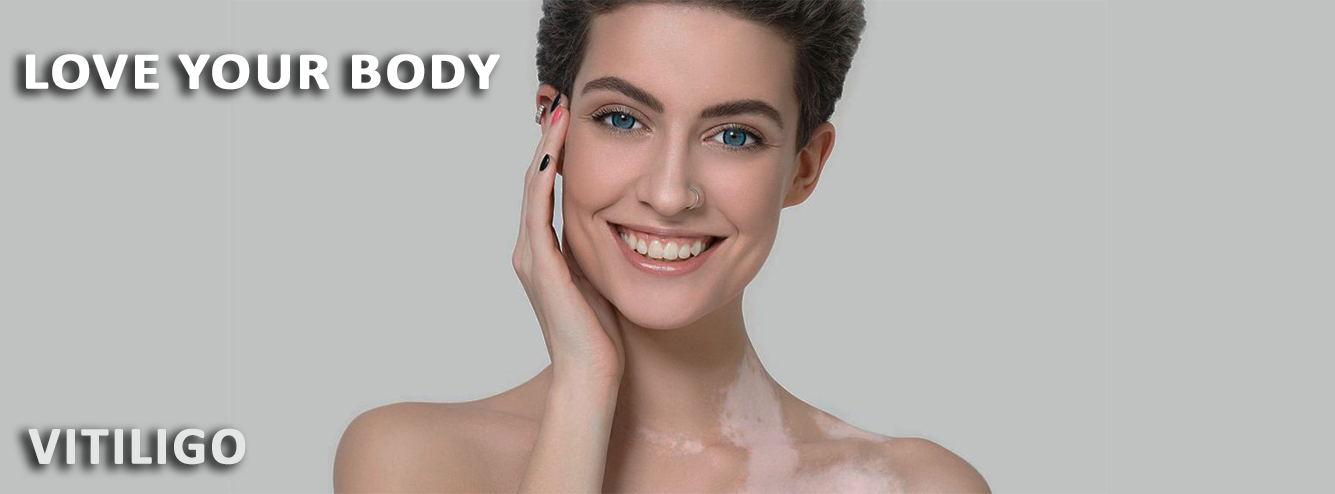

The total area of skin that can be affected by vitiligo varies between individuals. It can also affect the eyes, the inside of mouth, and the hair. In most cases, the affected areas remain discolored for the rest of the person's lifeThe condition is photosensitive. This means that the areas that are affected will be more sensitive to sunlight than those that are not.
It is hard to predict whether the patches will spread, and by how much. The spread might take weeks, or the patches might remain stable for months or years. The lighter patches tend to be more visible in people with dark or tanned skin.
.png)
The award winning FOCUS Lens Array has the following benefits... Treats uneven skin tones, fine lines, wrinkles, pigmentations, freckles, sun damaged skin, acne scars and stretch marks. Visible after just 1 treatment.A number of remedies can help decrease the visibility of the condition.
The AAD recommend using a sunscreen, because the lighter patches of skin are especially sensitive to sunlight and they can burn easily. A dermatologist can advise on a suitable type.
Exposure to ultraviolet B (UVB) lamps is a common treatment option. Home treatment requires a small lamp and allows for daily use, which is more effective. If the treatment is done in a clinic, this will need 2 to 3 visits a week and the treatment time will be longer. If there are white spots across large areas of the body, UVB phototherapy may be used. This involves full-body treatment. It is done in a hospital. UVB phototherapy, combined with other treatments, can have a positive effect on vitiligo. However, the result is not totally predictable, and there is still no treatment that will fully re-pigment the skin.
UVA treatment is usually conducted in a health care setting. First, the patient takes a drug that increases the skin's sensitivity to UV light. Then, in a series of treatments, the affected skin is exposed to high doses of UVA light. Progress will be evident after 6 to 12 months of twice-weekly sessions.
In cases of mild vitiligo, the patient can camouflage some of the white patches with colored, cosmetic creams and makeup. They should select tones that best match their skin features. If creams and makeup are correctly applied, they can last 12 to 18 hours on the face and up to 96 hours for the rest of the body. Most topical applications are waterproof.